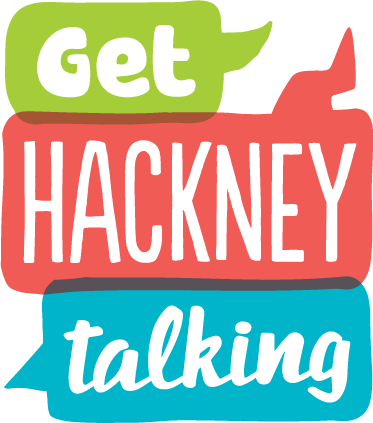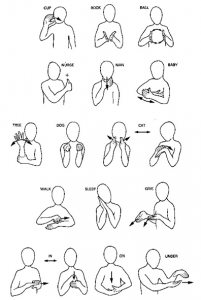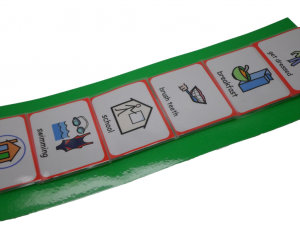What does ‘Visual Supports’ mean?
Many children with language difficulties find processing spoken language extremely difficult. One way we can help is by using visual instructions and ways of communicating as much as possible. Processing information visually is often an area of strength for these children: they often learn much better if they see something rather than if they hear something. As well helping your children understand their environment, visual supports are useful for prompting your child to express themselves. Using visual supports can often help maintain your child’s attention for longer. Use visual clues whenever possible to assist your child’s understanding and recall. This is particularly important because your child’s memory end sequencing skills may well be impaired. Also use natural gesture.
Types of visual supports
- Objects
- Photographs
- Pictures
- Line drawings
- Gestures
- Symbols
- Makaton signs
- Written words
Strategies for Using Visual Supports
To help understanding:
- Make your child’s room and home a more visual environment by using labels e.g. photo of bricks to let your child know where to put the bricks away.
- Introduce props into story telling e.g. toys or pictures to help illustrate the story.
- Build a word wall in your child’s room to remind him/her of new words learned.
- To explain what is going to happen through the use of objects e.g. show them swimming trunks so that they know they will be going to the swimming pool, through the use of a visual timetable using photos or symbols of the morning’s activities.
- To explain difficult situations e.g. through the use of a social story.
- To know what choices are available – though the use of a selection of objects/pictures on a choice board.
- To promote independence – to let child know what to do without adult support.
- To show how much time is left – through the use of timetables, sand timers i.e. how many things before dinner time, or an egg timer to show when television time will end.
To encourage expression
- To ask for things or say something – e.g. Picture Exchange Communication System (PECS), object exchange, communication board.
- To make a choice – by giving or pointing to an object/picture on a choice board.
- To remind or cue your child of the words to use – e.g. “Good Morning” card for breakfast time.
For older children
- Visual Timetables.
- Positive reinforcement of good behaviour.
- Storyboards to help pupils organise their thoughts visually before putting them down on paper.
- Independent working worksheet.
- Back up verbal instructions by using pictures/writing them down.
- Highlight key words in texts (and teach pupil how to do this).
Visual Support Examples
Makaton
Makaton is useful for some children who find it hard to use words, copying a sign with their hands can be easier.
We use the signs, examples shown below, as it has been shown that they can encourage children to use words. When the child makes a sign, we know what they want and they have the experience of successful communication.
- We offer the child a drink saying “Do you want a drink?” and using the sign.
- The child may copy the sign.
- The adult then repeats the sign and the word together – giving the child a really positive message and modelling the word for the child.
- Do this consistently and after a while your child may start to try using the sign themselves – don’t worry if he/she doesn’t get it perfect – interpret the actions positively, make the sign and use the word.
- When your child sits down for a snack, you can try asking “What would you like?”.
We always use the sign and the words – we never just use signs.
Be patient – this takes time. We only introduce one or two signs at a time – otherwise we can ‘overload’ the child.
Visual Timetables
Photos, pictures, drawings and symbols can be used to help children to understand what is going to happen in the day.
Visual timetables, if used regularly, can help:
- children to child see that they will get a chance to do their favourite activity later on
- anxious children to see and understand how many events there are until they get to do their favourite activity.
- children to remember what they did that day
- children to make choices about what they want to do
- children predict what might happen next
- bridge the gap between home and other activities:
- a) You can help your child express what they have done at school using pictures drawn by the teacher.
At the beginning of the day you can sit down with your child and draw the activities that he/she will be doing in the correct sequence. Each time the child completes an activity; it can be crossed off or removed. You can then talk about what they will be doing next.
Alternatively, you can make some permanent pictures or symbols of common activities, or take photos of the activities. Mount the pictures onto card or laminate them so you can re- use them.
You can make a long strip of plastic pockets to contain the days activities, and insert the correct symbols in order. Alternatively, you can stick velcro to the back of each symbol and stick them onto a strip of card that also has velcro on.
Some useful symbols are attached in the downloadable PDF document to provide more examples. Feel free to make up your own.




